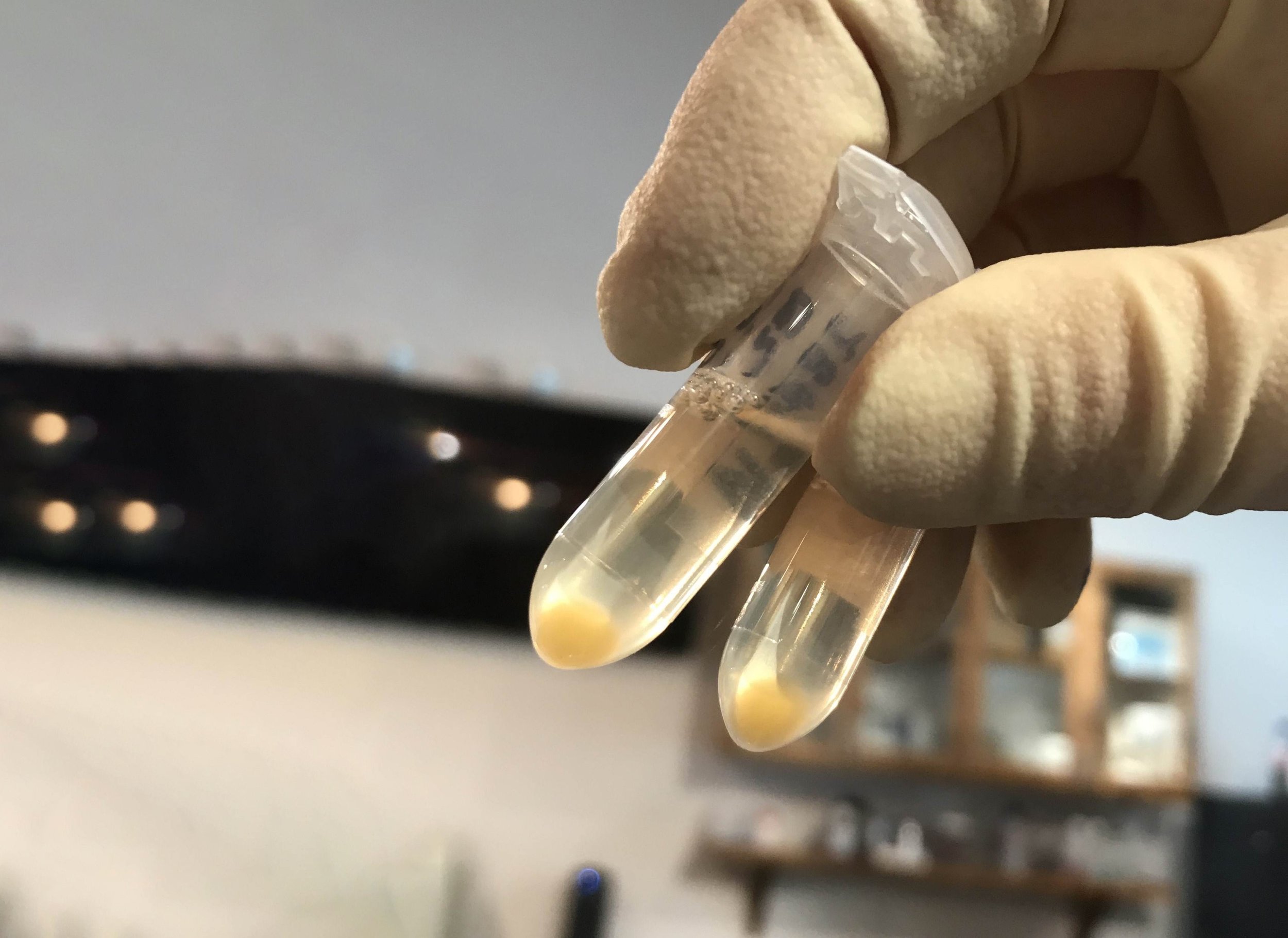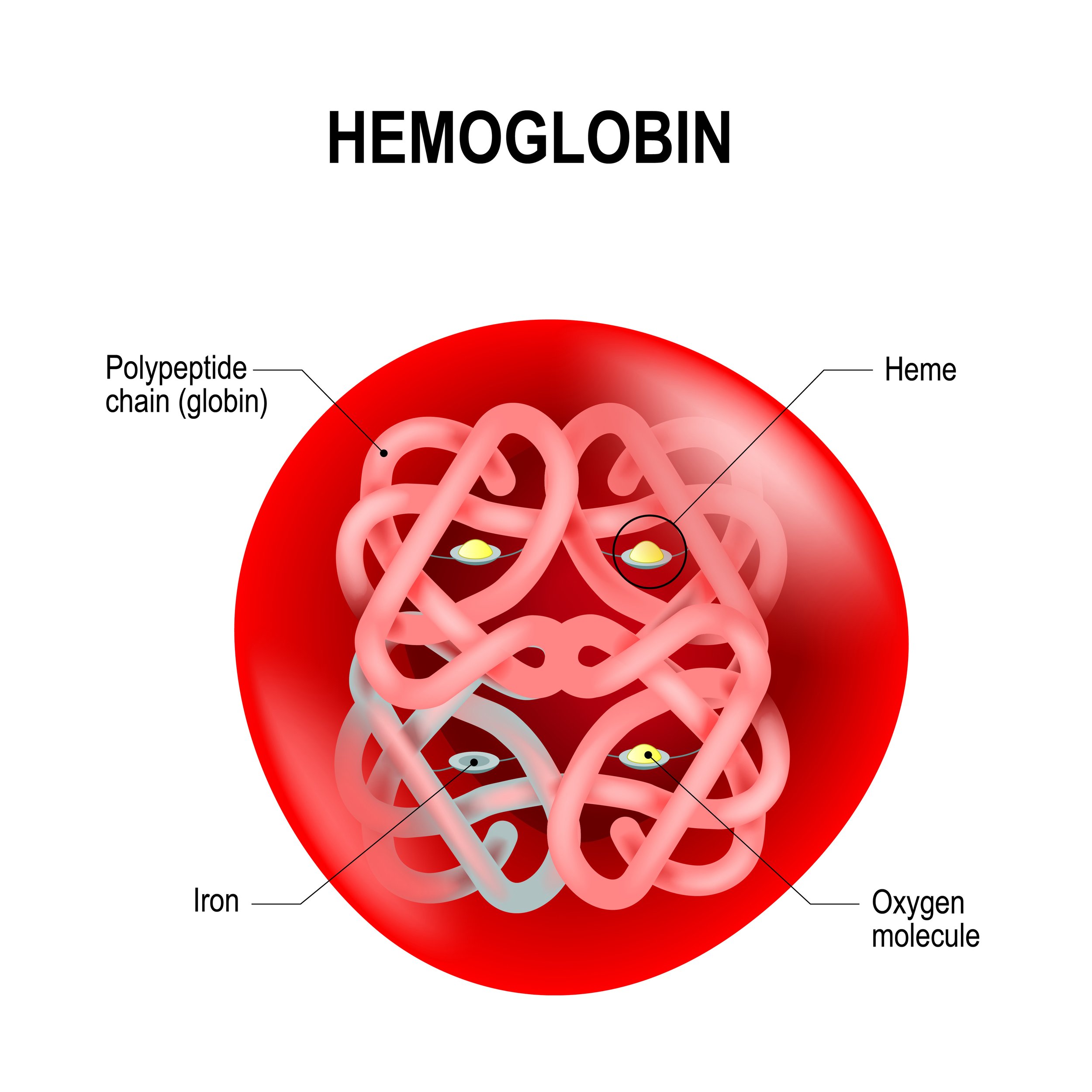Neurotoxin BMAA found in dust from Great Salt Lake.
In a startling discovery, researchers have identified a chronic neurotoxin known as BMAA in dust particles from the Great Salt Lake's dried lakebed. This toxin, linked to neurodegenerative illnesses, has become a significant health concern due to its presence in windblown dust that reaches populous metropolitan areas along the Wasatch Front.
Dr James Metcalf collects dust samples from the Great Salt Lake.
The dust, enriched with heavy metals and now with identified cyanobacteria and their toxins, poses an unsettling environmental health risk.
Studies have indicated that chronic dietary exposure to BMAA can trigger ALS-type neuropathology, with the neurotoxin now considered the most substantial environmental risk factor for developing Amyotrophic Lateral Sclerosis (ALS).
Although BMAA exposure also causes laboratory animals to form Alzheimer’s-type neuropathology, its role in Alzheimer’s, as well as Parkinson’s, is not fully understood.
However, its connection to ALS has been corroborated by two recent epidemiological studies, marking it as the most robust environmental link to the disease thus far.
Notably, Dartmouth researchers observed a higher risk of ALS in residents living near cyanobacteria-infested rivers and lakes in New Hampshire, underscoring the potential hazard of BMAA exposure.
Studies have indicated that chronic dietary exposure to BMAA can trigger ALS-type neuropathology, with the neurotoxin now considered the most substantial environmental risk factor for developing Amyotrophic Lateral Sclerosis (ALS).
Furthering the concern, the nonprofit Brain Chemistry Labs in Jackson Hole has been monitoring BMAA and other cyanotoxins in water bodies like Lake Okeechobee and collaborating with the Calusa Water Keeper to study airborne cyanobacterial toxins in Florida.
International research groups from Sweden, China, and France are also investigating chronic BMAA exposure as an ALS risk factor.
While ninety percent of ALS cases are sporadic and ten percent familial, the threat posed by the inhalation of BMAA-laced dust remains unclear.
What is clear, however, is the urgent need for comprehensive studies to determine the potential increase in ALS risk due to exposure to the Great Salt Lake dust.
The study was published this week in the journal Toxins.
Cyanotoxin Analysis of Air Samples from the Great Salt Lake. James S. Metcalf, Sandra Anne Banack and Paul Alan Cox. Toxins 2023, 15(11), 659; https://doi.org/10.3390/toxins15110659
Wyoming Couple Gifts Robot to Jackson Nonprofit Brain Chemistry Labs
Jackson, Wyoming – August 10, 2023
A generous gift from Dr. Denis R Lyman & Diane K Robards Lyman Foundation in Wyoming will bring rapid diagnosis of ALS much closer to the patients and their families.
Dr. Rachael Dunlop and Stewart Wood operate the new robot in the Brain Chemistry Labs.
This robot has sped up the validation process for the new microRNA ALS diagnostic test invented by the not-for-profit Brain Chemistry Labs.
The test is made from a standard blood draw in which small particles called extracellular vesicles released by the brain into the bloodstream are extracted.
Once concentrated, microRNA is extracted and sequenced.
The Brain Chemistry Labs team, led by Dr. Sandra Banack and Dr. Rachael Dunlop, discovered that a “fingerprint” of eight specific microRNAs distinguishes ALS patients from healthy people.
Using blood plasma samples from a Phase II clinical trial and the Centers for Disease Control National ALS Biorepository, the Brain Chemistry Labs team has reproduced this result four times.
The gift of a liquid-handling robot from The Dr. Denis R Lyman & Diane K Robards Lyman Foundation moves the diagnostic test one step closer to high throughput, making it an attractive prospect for licensing by a pharmaceutical company. Automated pipetting increases the speed of analysis and reduces human error during sample preparation.
Dr. Sandra Banack holds a sample of neurally enriched exosomes extracted from an ALS patient blood sample.
The scientists affectionately refer to the robot as “Nevada” after the first volunteer at the Brain Chemistry Labs. Nevada Robards was an early pioneer in the development of the whitewater rafting industry in Jackson Hole and was Diane Lyman’s mother.
Contact: Marya King, marya@ethnomedicine.org, 224-358-6578
Validation of two diagnostic blood-marker tests for ALS and Alzheimer’s disease.
Dr. Rachael Dunlop runs our qPCR for microRNA disease diagnostics.
Our discoveries of blood diagnostic tests for ALS (based on microRNA) and Alzheimer’s disease (based on a unique metabolite) have now been published in prestigious scientific journals.
We are busily engaged in the painstaking process of validating these tests, using samples from the Centers for Disease Control for ALS, and previous samples from our Phase II early-stage Alzheimer’s trial.
We seek a pharmaceutical partner to commercialize these blood diagnostics so they can be made available to the public.
Our mission is to rapidly improve patient outcomes for serious brain diseases and thus, we want these diagnostic tests in the hands of neurologists as soon as possible.
Can We Transform the Diagnosis & Treatment of ALS?
In 1874, Jean-Martin Charcot described a devastating paralytic illness which we now call ALS.
ALS cuts down people in the prime of their lives.
Only two FDA-approved drugs exist for the treatment of ALS, and neither significantly slow disease progression.
We have focused on the early diagnosis and treatment of ALS.
We discovered a molecular fingerprint of ALS, which will allow neurologists to definitively diagnose ALS based on a single blood draw. We extract microRNA from exosomes—microscopic packages of genetic material—in the blood sample. The unique assemblage of microRNA identifies ALS patients.
Currently, many patients have to wait a year or more to receive an ALS diagnosis. This new diagnostic test will allow patients to begin treatment much earlier.
Our advanced clinical trials of the naturally occurring amino acid L-serine are promising.
Hopefully, this combination of a diagnostic and a treatment package will be attractive to a pharmaceutical partner who can conduct the larger clinical trials that will be needed.
Dr. Sandra Banack prepares an ELISA plate to measure exosomes.
Like Origami Paper, Proteins Must Be Folded Correctly
In Origami, 2-D pieces of paper can be folded into 3-D masterpieces.
A protein is a linear sequence of amino acids linked together through peptide bonds. Proteins differ in the sequence of the twenty different amino acids that our cells assemble, and in their length. However, to function properly, the 1-D protein has to be correctly folded into a 3-D structure.
Hemoglobin (below) is the oxygen-carrying protein in our bloodstream, but it cannot carry oxygen unless its linear structure is folded properly. When a protein misfolds, it becomes toxic. Unlike other cells in the body, neurons cannot dilute the toxin by rapidly dividing. Misfolded proteins clog up transportation systems in neurons and cause them to die.
Each of the progressive neurodegenerative diseases is characterized by different proteins which misfold. Our strategy in developing new therapies for ALS, Alzheimer’s, and Parkinson’s is to find drugs that stop protein misfolding. We discovered that the amino acid L-serine helps to prevent protein misfolds.
Brain Chemistry Labs’ Executive Director Receives Prestigious Medal from the Garden Club of America
Dr. Paul Cox, Executive Director, Brain Chemistry Labs.
Dr. Paul Cox, Executive Director of the Brain Chemistry Labs, received one of the highest honors bestowed by The Garden Club of America (GCA), the Eloise Payne Luquer Medal for his scientific research related to ALS and Alzheimer’s disease. The medal was presented at the GCA’s annual meeting in Boston on May 19, 2019. According to GCA, “The Eloise Payne Luquer Medal is awarded for special achievement in the field of botany that may include medical research, the fine arts, or education and was presented with gratitude to a renowned ethnobotanist, consummate scientist, teacher, environmentalist, and activist, Dr. Paul Alan Cox. His compassion combined with his rigorous scientific methods are improving our world.”
GCA awards up to 10 National Medals a year to “nationally and internationally recognized leaders in their fields of study or achievement” and describes the medal winners as “visionaries all, passionate and influential, these men, women, and organizations have left a profound and lasting impact on the issues that are most important to the Garden Club of America.”












